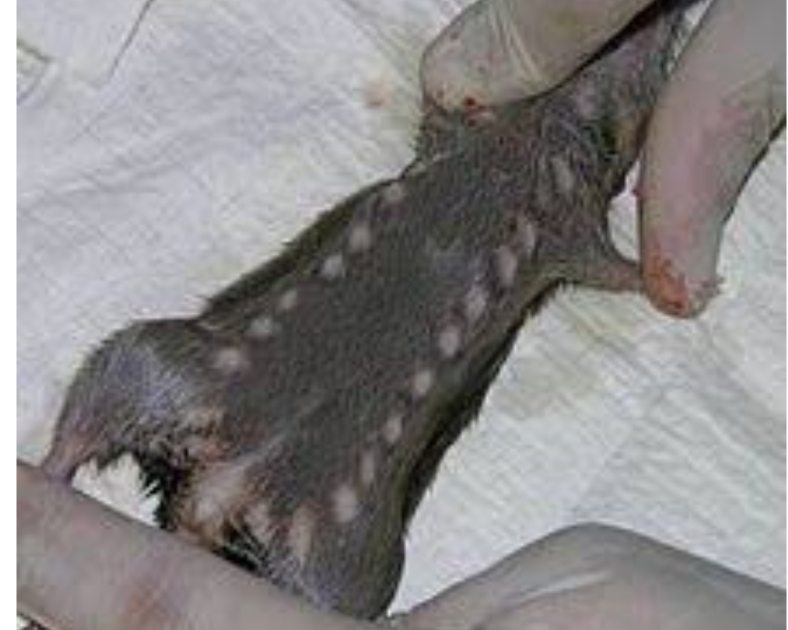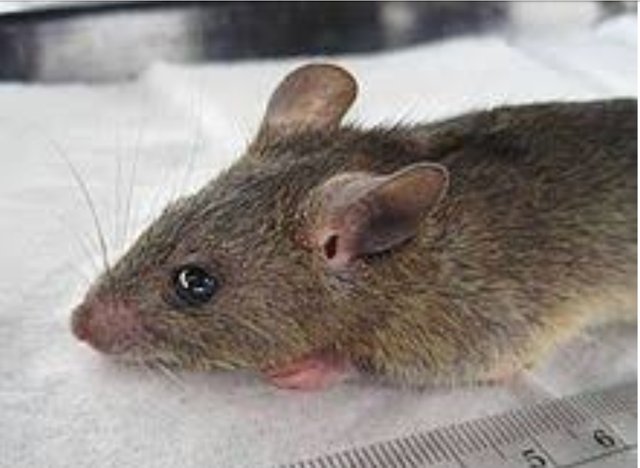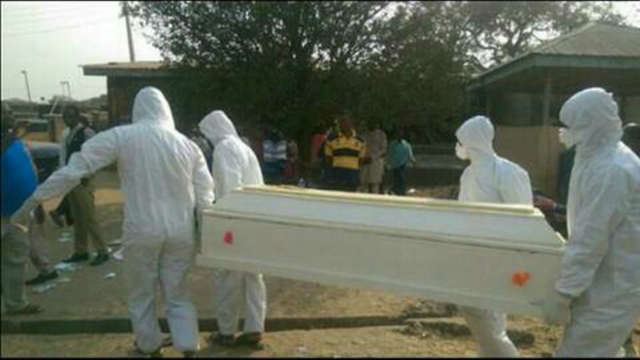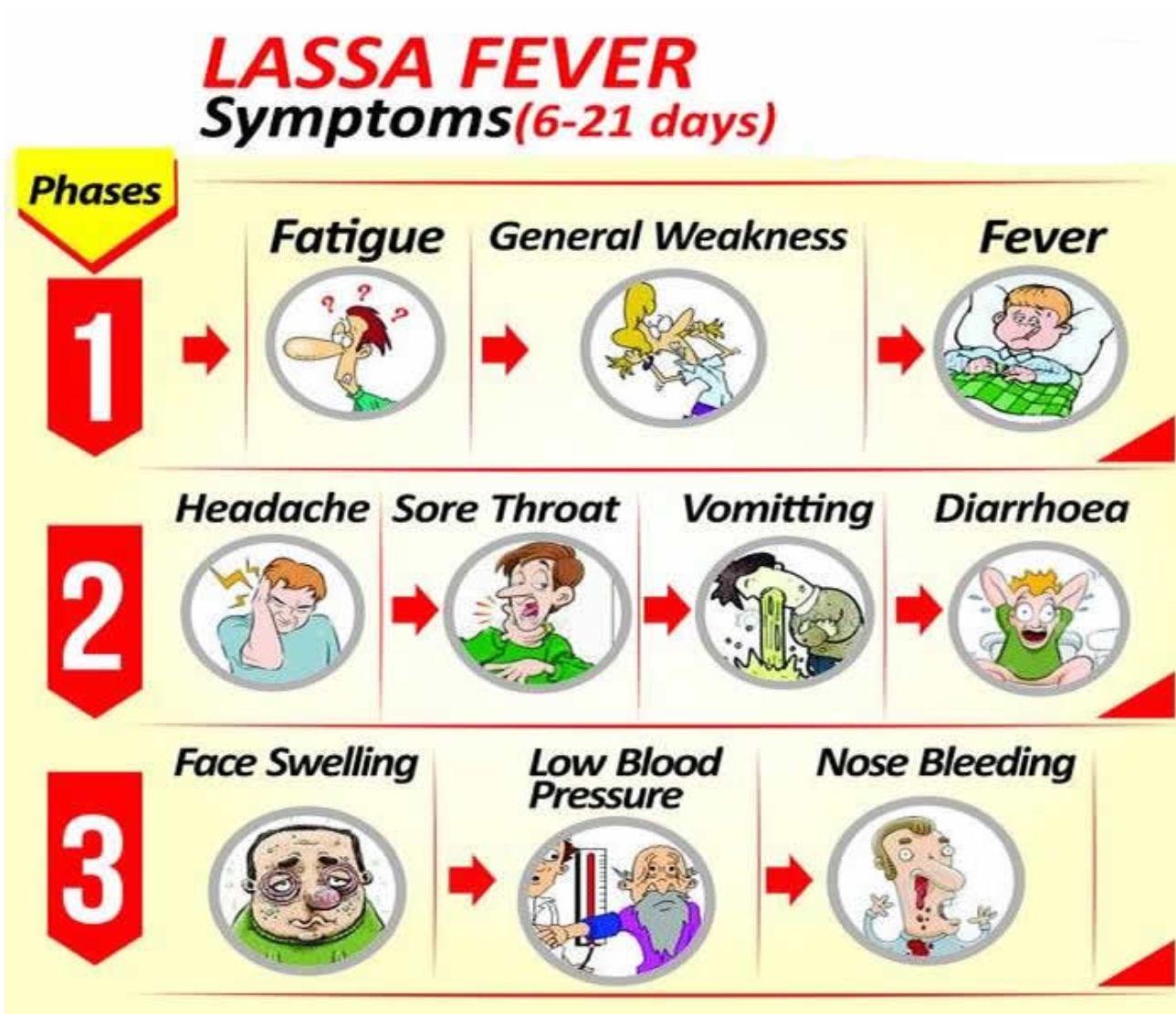LASSA FEVER
Hi Steemians.
As we all may have heard, there is a recent outbreak of Lassa fever in Nigeria and so, in honour of a colleague, Dr. Ahmed Victor who lost his life to Lassa fever in his line of duty, I thought to do a write up.
Lassa fever, also known as Lassa hemorrhagic fever (LHF), is a type of acute viral hemorrhagic fever caused by the Lassa
virus. It belongs to the family Arenaviridae.
The infection is named after the town Lassa in Borno State of Nigeria.
SPREAD
The virus is basically spread to humans by animals, specifically the multimammate rat, Mastomys natalensis. Humans get infected by consupmtion of food contaminated by either the faeces or urine of this very common household rat.

Source
Note the numerous mammary glands(boobs) on it, hence the name multimammate

Don't be deceived, it's really not innocent.
Infection in humans typically occurs by:
- Direct or indirect exposure to animal excrement through the respiratory or gastrointestinal tracts.
- Inhalation of tiny particles of infectious material/aerosol (believed to be the most significant means of exposure)
- Through broken skin or mucous membranes that are directly exposed to infectious material.
Person to person transmission has also been established, which of course is a huge risk for healthcare workers in the clinics. Individuals who are at a higher risk of contracting the infection are those who live in rural areas where Mastomys are discovered, more specifically in socioeconomic societies where sanitation isn't prevalent.
PREVENTION
Technically, seeing as this disease is caused by the multimammate rat, controlling the rat population seems like the best option but this is practically impossible because those multiple boobs aren't just decorative. This rodent can quickly produce a large number of offspring.
Basically, prevention can be achieved by:
- Keeping rodents out of homes and food supplies.
- Encouraging effective personal hygiene
- Storing grain and other foodstuffs in rodent-proof containers
- Disposing of garbage far from the home to help sustain clean households.
- Gloves, masks, laboratory coats, and goggles are advised while in contact with an infected person, to avoid contact with blood and body fluids.
SYMPTOMS
The incubation period of Lassa fever ranges from 6–21 days.
The onset of the disease, when it is symptomatic is usually gradual, starting with:
- fever
- general weakness
- malaise
After a few days:
- headache
- sore throat
- muscle pain
- chest pain
- nausea
- vomiting
- diarrhoea
- cough, and
- abdominal pain may follow.
In severe cases;
- facial swelling
- fluid in the lung cavity
- bleeding from the mouth
- nose
- vagina
- gastrointestinal tract
and low blood pressure may develop.
Protein may be noted in the urine. Shock, seizures, tremor, disorientation, and coma may be seen in the later stages. Deafness occurs in 25% of patients who survive the disease. In half of these cases, hearing returns partially after 1–3 months. Transient hair loss and gait disturbance may occur during recovery.
Death usually occurs within 14 days of onset in fatal cases.
TREATMENT
Currently, there is no know vaccine, but the antiviral drug ribavirin seems to be an effective treatment for Lassa fever if given early on in the course of clinical illness. Ribavirin appears to interfere with viral replication by inhibiting RNA-dependent nucleic acid synthesis.
Also required include:
- Fluid replacement
- blood transfusion
- correcting the hypotension secondary to haemorrhages.
On another note,


Rest in peace doctor! fighter! hero!


Great piece darling.
Thanks for enlightening us.
May the soul of our colleague RIP
You're welcome dear. Thanks for reading.
Thanks for this educative post,, you have enlightened us
Awesome.
Thank you!
Thanks for the educative post..
Gee, thanks for the info, in my head there was an explanation i formed that made sense, not until i read this. Thanks again